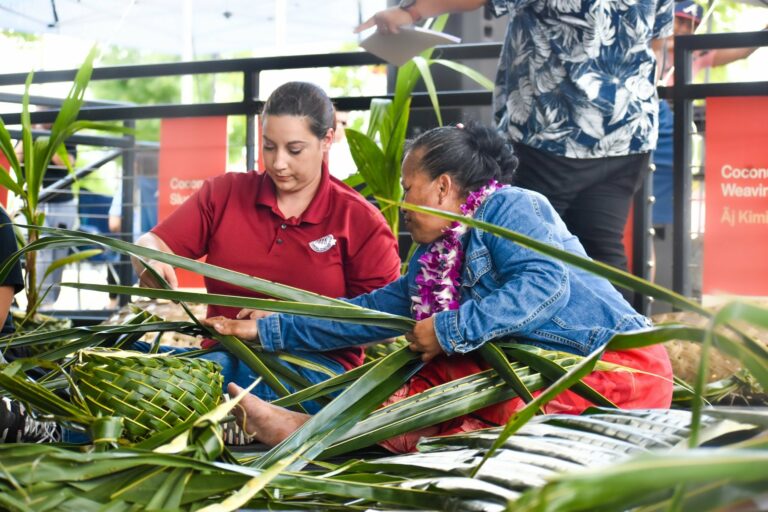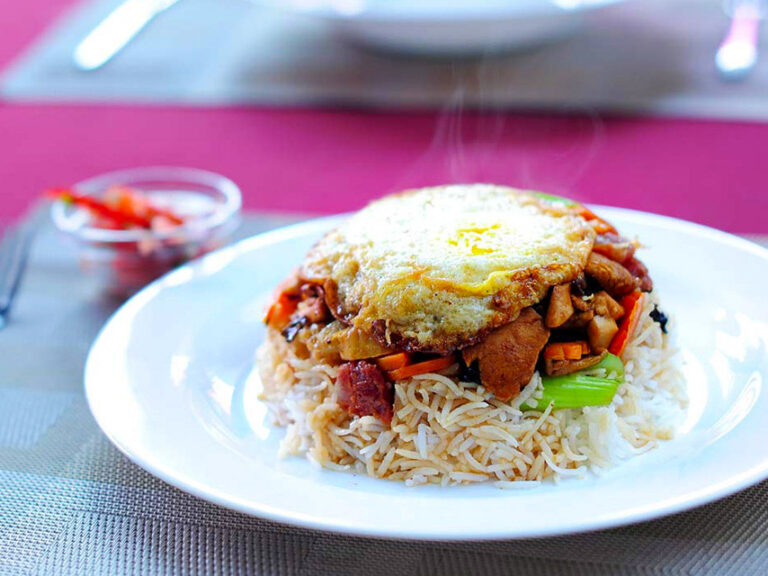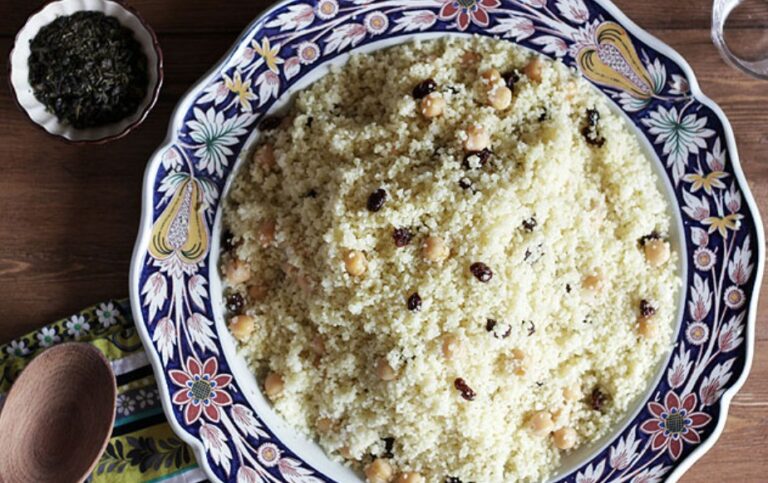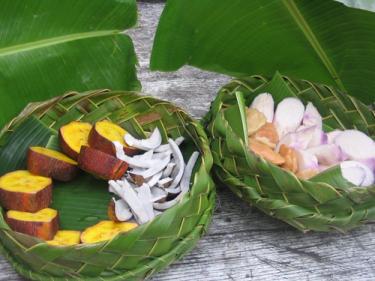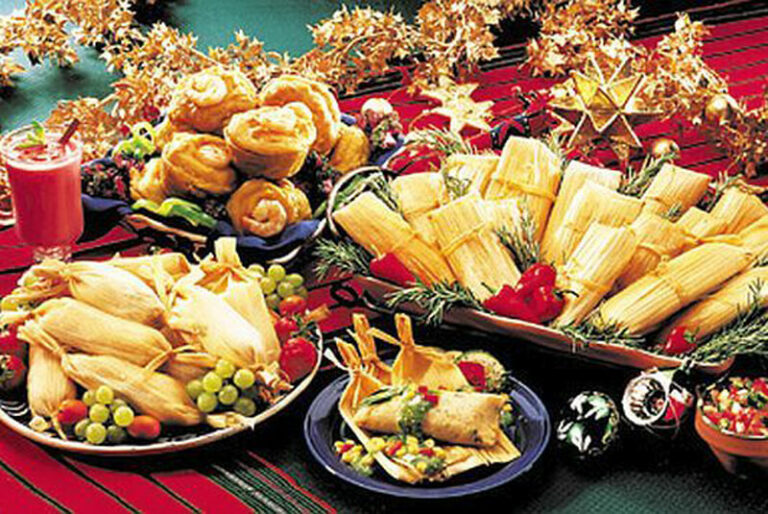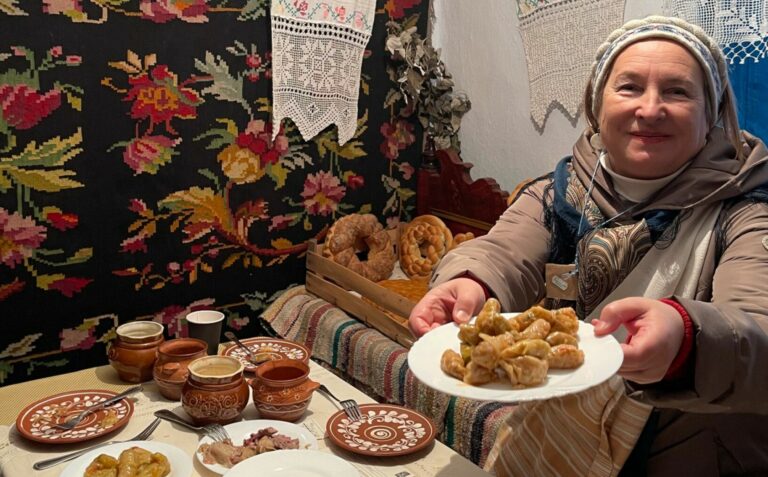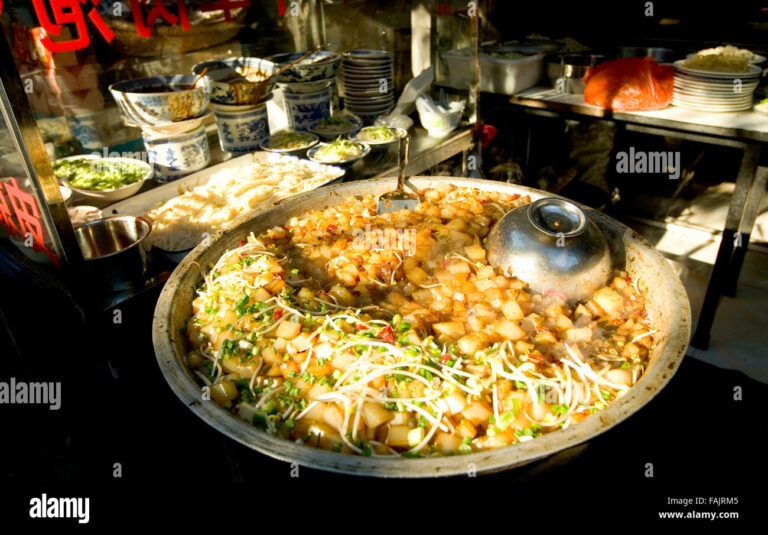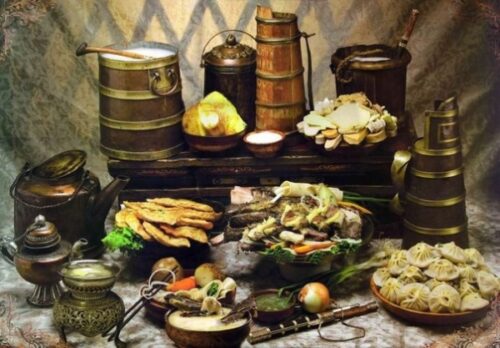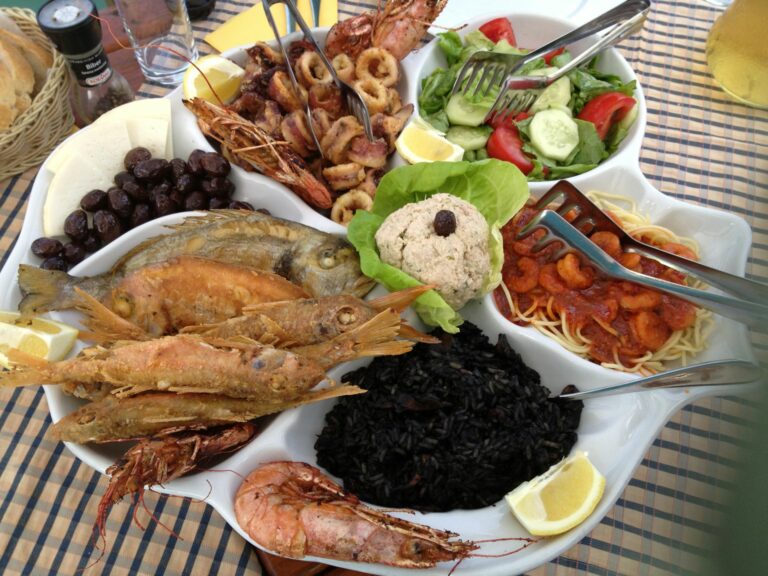Introduction
The Marshall Islands is a beautiful country located in the Pacific Ocean, known for its stunning natural beauty and rich cultural heritage. One essential aspect of the Marshall Islands’ culture is its traditional food. The people of the Marshall Islands celebrate various festivals and special occasions throughout the year, and food plays a significant role in these events. In this article, we will explore the specific dishes and foods associated with festivals and special occasions in the Marshall Islands.
Traditional Foods and Festivals
The people of the Marshall Islands have a rich culinary tradition that is deeply rooted in their culture. The most popular food in the Marshall Islands is fish, which is readily available in the surrounding waters. The people prepare fish in various ways, such as grilling, baking, and boiling. Coconut is another essential ingredient in the Marshall Islands’ cuisine, used in curries and stews. The most famous dish in the Marshall Islands is called “Ika Mata,” which is made by marinating raw fish in coconut milk and adding vegetables and spices.
The Marshall Islands celebrate many festivals throughout the year, and food is an indispensable aspect of these festivals. The most significant festival of the Marshall Islands is the “Joloboka” festival, which is celebrated in December. During this festival, people prepare traditional dishes such as “turkey fish” and “roast chicken” and gather with family and friends to celebrate.
Celebrating with Food
Food is a central part of the Marshall Islands’ culture, and it plays a significant role in their social gatherings. The people of the Marshall Islands love to share their food and hospitality with their guests. When guests arrive, they are offered a traditional dish called “Koja,” which is made from rice, fish, and coconut milk. The Marshall Islanders believe that the food they offer to their guests reflects their hospitality and generosity.
Special Occasion Foods
The Marshall Islanders celebrate various special occasions throughout the year, and food is an indispensable part of these events. During weddings, the bride and groom exchange “bu” (shell money), and traditional dishes such as roasted pig, fish, and chicken are served. On the birth of a child, the family prepares “klan,” which is a dish made from grated coconut, rice flour, and sugar.
Festive Dishes in the Marshall Islands
The Marshall Islands has a rich culinary tradition, and the people prepare various festive dishes throughout the year. During the “Jitdam Kapeel” celebration, a traditional dish called “Kab kab” is prepared. It is made from grated banana and mixed with coconut milk, mashed taro, and sugar. Another famous dish is called “Bwiro,” which is prepared during the “Bwiro Enana” festival. It is made from grated coconut, sugar, and pandanus leaf extract.
Conclusion
In conclusion, food plays a significant role in the Marshall Islands’ culture, and the people prepare various dishes to celebrate their festivals and special occasions. From fish to coconut, the ingredients used in their cuisine reflect their island heritage. The traditions and customs associated with the Marshall Islands’ food are an essential part of their cultural identity, and they continue to be preserved and celebrated to this day.

